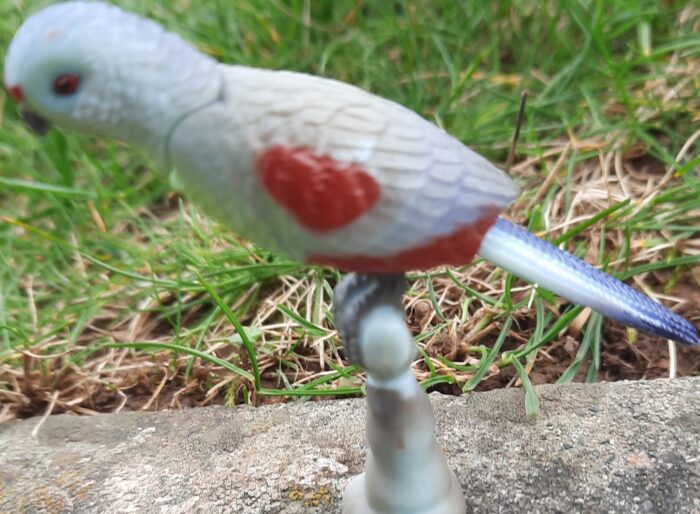Australia is home to numerous species of parrot, from the Gallah to the sulpur-crested Cockatoo. Many are now quite rare as a result of humanity, but most are now protected and hopefully will recover. Sadly, this isn’t the case for all of them, as one species no longer exists among them, the Paradise Parrot.
Brand: Cadbury/Yowie Group
Choiseul Crested Pigeon (Yowies Forgotten Friends Series A by Cadbury)
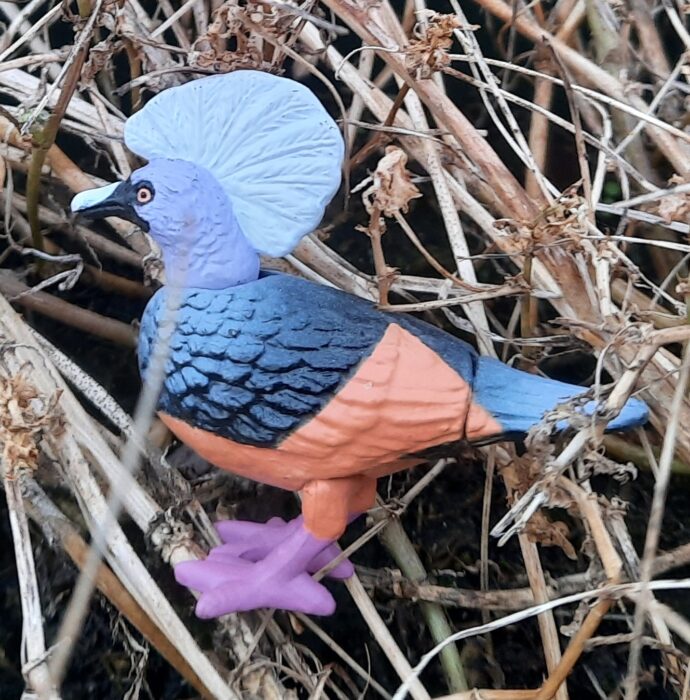
The age of Imperialism truly wrecked the ecosystems of the world. Of all of these, island ecosystems were the most at risk, as the animals there were often unique and unable to deal with humanity and the creatures that often accompanied them. The island of Choiseul in the Solomon islands is one such example, as it was once home to the spectacular Choiseul Crested Pigeon, a relative of doves that was endemic only to Choiseul.
Australian Magpie (Yowies Series 2 by Cadbury)

The evolution of life is a curious thing. You never know what is going to become a forgotten twig on the tree of life and what will be the start of large branches. When fossils of dinosaurs were found, I imagine most were sad that no relatives exist today. However, it turns out one group did, and they are all around us today: birds.
Masked Lapwing (Yowies Series 3 by Cadbury)
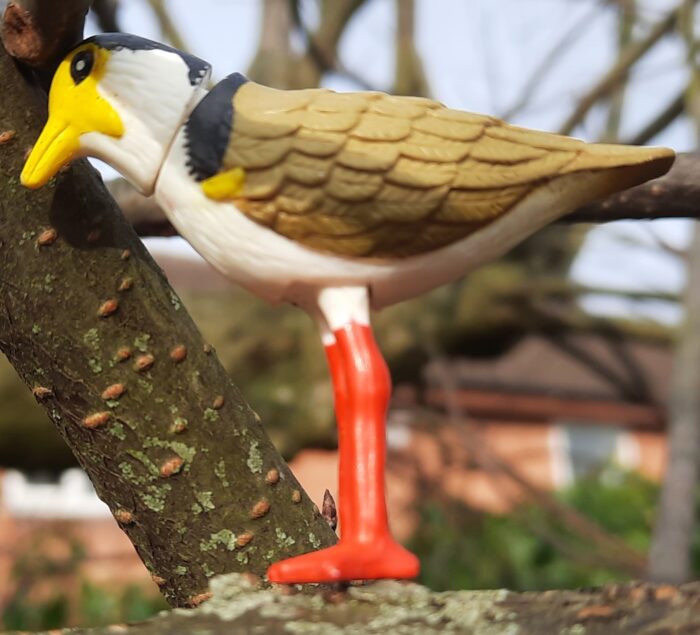
The wetlands of the world are great places to witness a variety of life. Birds are common here, wading and collecting food among the silt and water. This review will look at one from the southern hemisphere, the Masked Lapwing (Vanellus miles), a common animal in New Zealand and Australia, adaptable and able to live in open fields, wetlands and even arid environments.
Green Christmas Beetle (Yowies Series 1, UK and Australian releases by Cadbury)
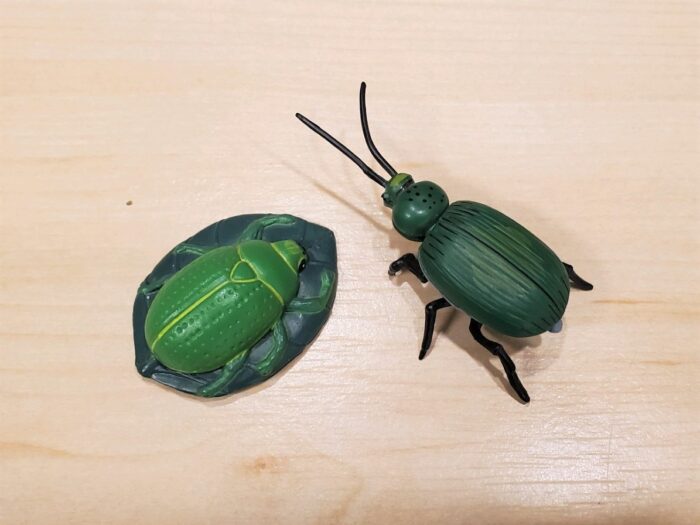
This week Christmas is celebrated throughout much of the world. In trying to keep with holiday themes, I have decided to review a pair of green Christmas beetles (Anoplognathus punctulatus) by Cadbury that were released in both the Australian and UK Yowies collections in 1997. Members the genus Anoplognathus are commonly called ‘Christmas beetles’ as they tend to be abundant during Christmas time in Australia.
Magpie Goose (Yowies Series 4 by Cadbury)
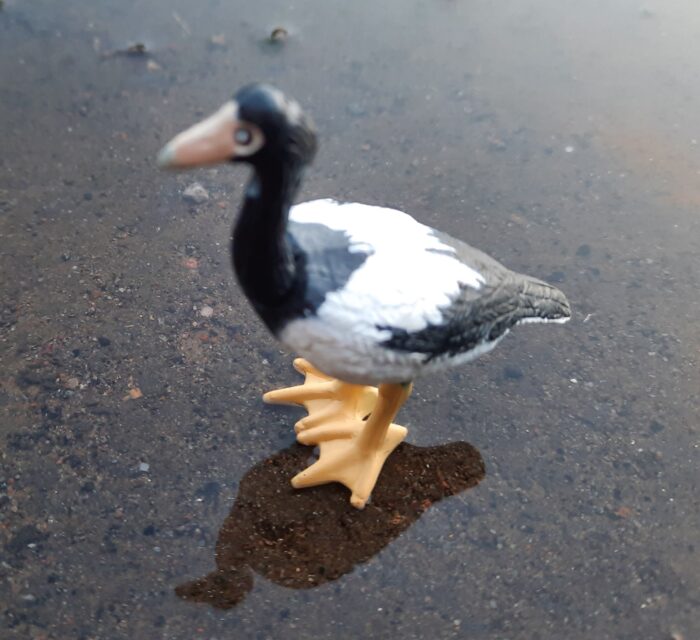
Some may read the title and think “what is that?! A freak of nature? Science creating some hideous hybrid?!!?!?” The answer is more interesting: the Magpie goose (Anseranas semipalmata) is the last of a family of waterfowl, the Anseranatidae, which is a living fossil from the KPg boundary.
Grey Fantail (Yowies Series 2 by Cadbury)
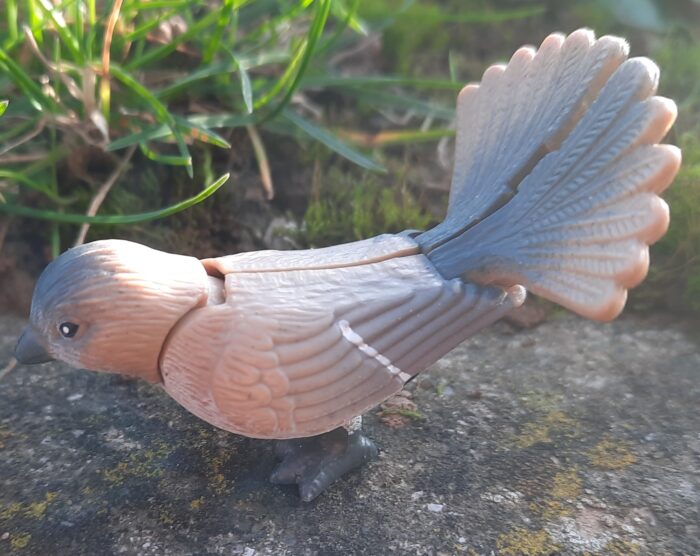
The pygostyle is an amazing evolutionary adaptation. The fusion of several vertebrae allows for some amazing tail fans, allowing birds to perform incredible displays in mating displays. One group that exemplifies this are fantails, named for their large tail feathers, allowing the males to display elegantly to females. One such example is the Grey fantail (Rhipidura albiscapa), a small insectivore from Australia, along with the Solomon islands, New Caledonia and Vanuatu.
Giant Moa (Yowies Lost Kingdoms Series A by Cadbury)
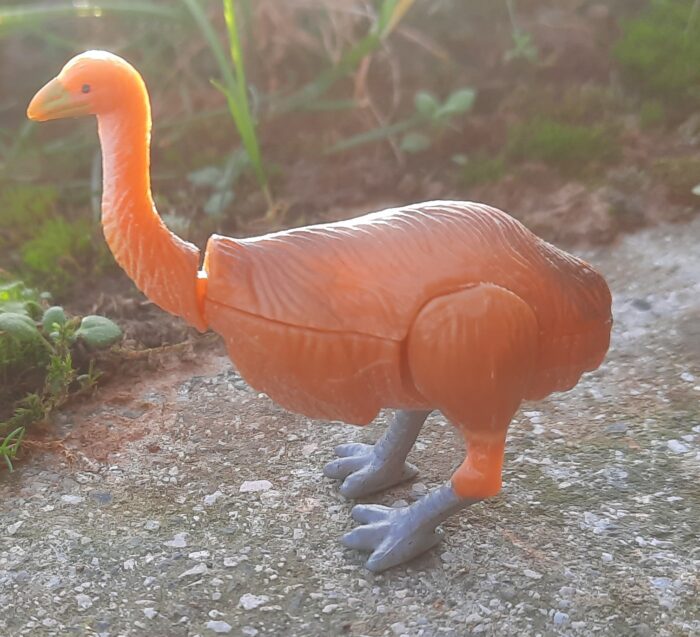
The largest bird today is the Ostrich, and this is owing to it’s flightlessness. The recent past, however, provided greater flightless giants. One such came from New Zealand, in the form of the South island Giant Moa, Diornis robustus, with females able to reach up to 11ft 10″ if they stretched up, being 6ft 6″ on a horizontal plane.
Kea (Yowies Series 3 by Cadbury)
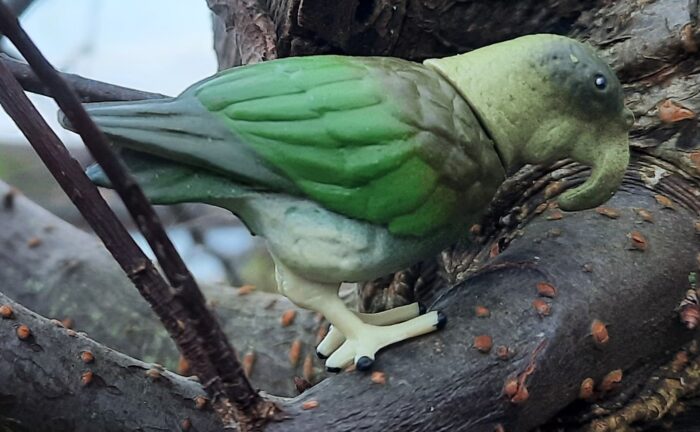
Parrots are an amazing group of birds. Whilst most think of them as brightly coloured tropical birds that repeat phrases, they are actually some of the most intelligent animals on the planet, ranking high among birds, along with corvids. And yes, while parrots like the macaws are brightly coloured, many are primarily green, matching their environment.
Steller’s Sea Cow (Yowies Forgotten Friends Series A by Cadbury)
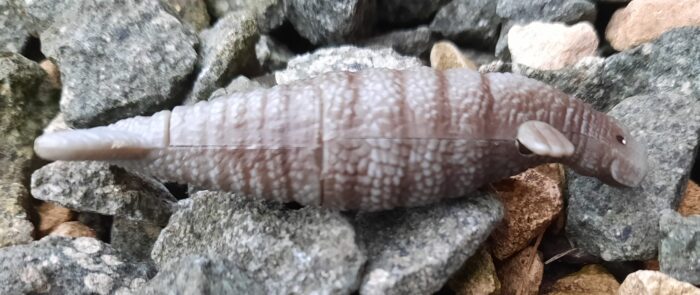
The order sirenia has long been fascinating to me, the main herbivorous marine mammals that have survived throughout the Cenozoic. The one that interests me the most (even inspiring my ATB name Sirenia) is, unfortunately, no longer living, the Steller’s Sea Cow. These giant sirenians lived around Commander Island in the Bering sea, being hunted by locals.
Giant Clam (Yowies Series 4 by Cadbury)
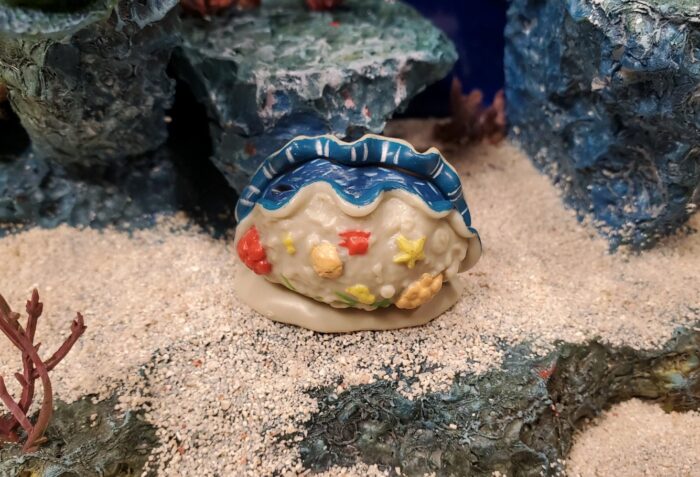
The genus Tridacna consists of large marine bivalves commonly known as giant clams. The largest, T. gigas, can be 120 cm across, weigh over 200 kg, and live for over 100 years. Today we will be looking at T. maxima, which is known as the maxima clam (although it also goes by the oxymoron ‘small giant clam’).
Rusty Patched Bumble Bee (Animals with Superpowers by Yowie Group)
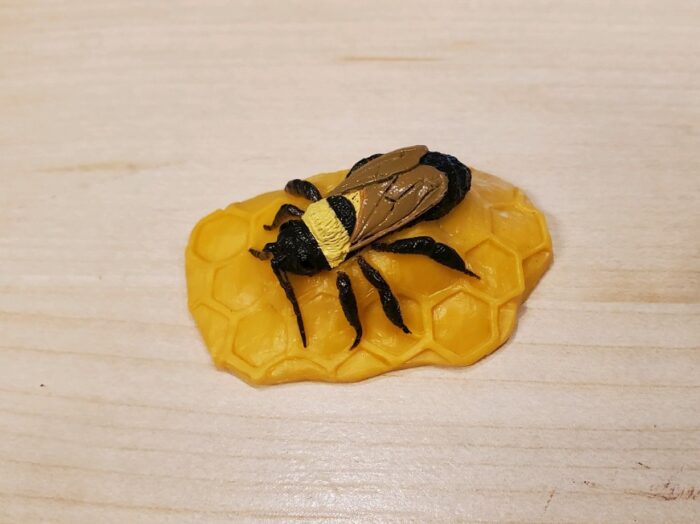
Bumble bees are not uncommon in the toy realm, usually as ‘generic bees’ in bin-style sets. Some have been made by major manufacturers, including Bullyland, CollectA, and Safari Ltd., but none of those are identified at the species level. To my knowledge, there are only two figures of bumble bees attributable to the species level, the golden northern bumble bee (Bombus fervidus) by Play Visions in 1996 and the rusty patched bumble bee (B.

